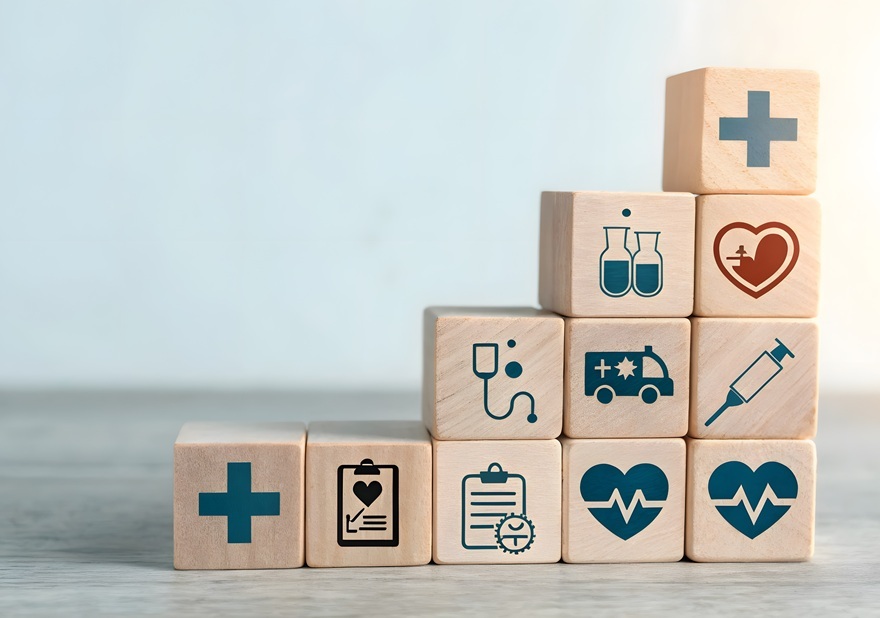Regulatory Pathways & Technological State
- Why mature, proven technologies often qualify for faster review with bench data
- How novel features can trigger De Novo and deeper evidence requirements
- Clear distinctions between Exempt, 510(k), and De Novo pathways
Stage of Development & FDA Expectations
- What early-stage evidence you can generate during feasibility and concept work
- The verification, usability, and labeling steps you must complete before submission
- Why aligning intended use, claims, and test plans prevents rework
Clinical Support in Development
- How early clinical feedback prevents costly late-stage redesigns
- Why trials succeed when endpoints reflect real clinical priorities
- How clinician advocates strengthen reimbursement and adoption
How Environment Shapes Device Design
- Why ER/transport demands portability, durability, and instant results
- How general care prioritizes workflow fit and interoperability
- Which reliability and UI patterns are non-negotiable in both settings
Designing with Clinicians in Mind
- How added steps raise training needs and user error risk
- Why intuitive design lowers training cost and speeds adoption
- What it takes to slot into EHR-driven workflows without friction
Patient Population Factors
- How anatomy, cognition, and compliance vary by age group
- Which comfort and safety features need age-specific tuning
- What regulators expect in pediatric/geriatric standards
Market Potential Over Time
- What matters most in year one: early use, safety monitoring, and feedback loops
- How year five emphasizes scale, reimbursement, and line extensions
- Why evidence expectations shift as adoption grows
Vendor Landscape
- Where Tier 1 accelerates with broad capabilities... and higher cost
- How Tier 2 balances capacity with affordability and pace
- When Tier 3’s niche focus and flexibility win
Manufacturing Across Risk Classes
- Why life-critical devices require exhaustive QA and validation
- How low-risk devices still need consistent quality control
- Which safety principles are universal across all builds









.png?width=4200&height=441&name=Zewski_Report%20Logo%20(Shirts).png)